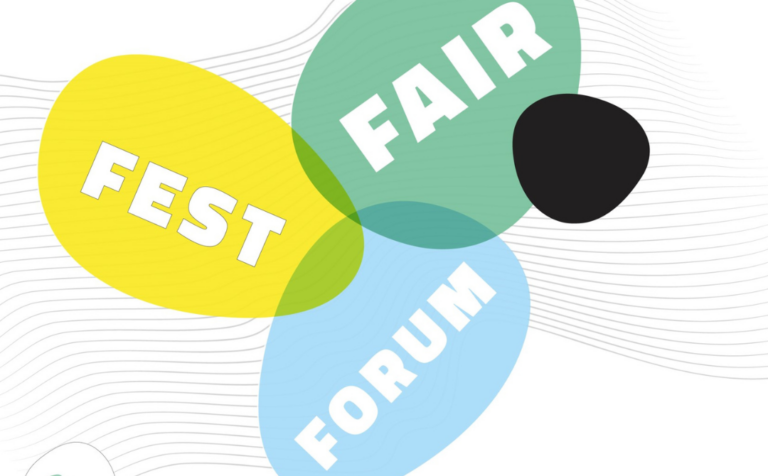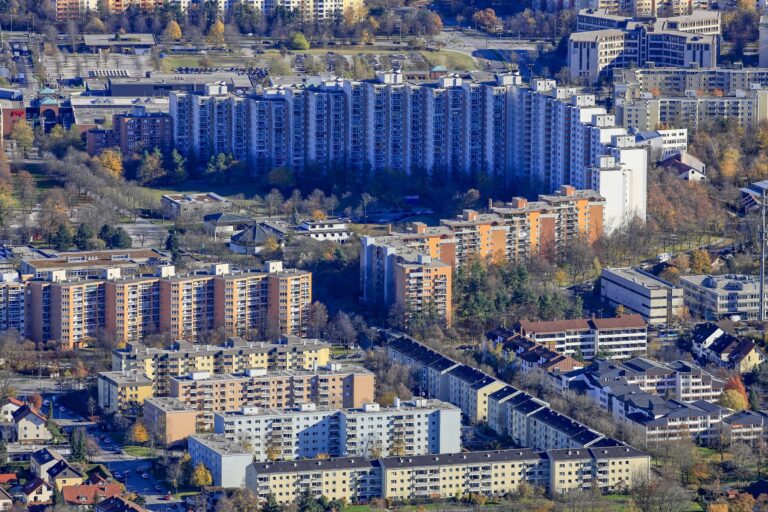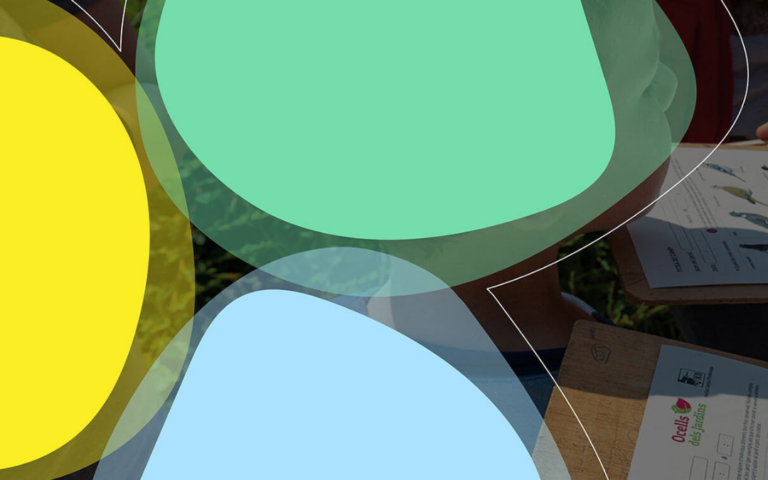Project Start NEB Living Lab: Energy
The energy transition as a cross-sectoral design task
How can Bavaria secure its sustainable energy supply in the long term using wind power and photovoltaics? The technical possibilities and tasks are well known. But how can we work together to make wind turbines and PV systems more popular in urban and rural areas? There is a lack of creative approaches, or as SZ journalist and architect Gerhard Matzig once put it: “The energy transition must become more aesthetic” (SZ August 4, 2021).
This is why the New European Bauhaus (NEB) Living Lab: Energy has now been launched. In a cross-sectoral, research-based collaboration, it aims to develop new ideas for energy generation in Bavaria that can be approved and to make them visible as models. The energy transition is not only negotiated here as a technical and economic challenge, but also as a cultural and aesthetic one. The team’s work is guided by thinking and working methods from the cultural and creative industries, such as design thinking and speculative design, which are firmly anchored in the team. Its members are recruited from the fields of science & research, the energy industry, civil society, administration and, for the first time, the cultural and creative industries (CCI), including design and architecture.
The NEB Living Lab, which is funded by the Bavarian Ministry of Economic Affairs, is curated by Bayern Innovativ GmbH and bayern design. The lab is embedded in the European Commission’s New European Bauhaus Initiative and is part of the work to implement the European Green Deal.
The interdisciplinary lab team includes (in alphabetical order): landscape architect Daniel Czechowski (Planstatt Senner), industrial designer Stefan Eckstein (VDID), circular economy and nature conservation expert Sonja Eser (SinnenWandel), project planner Sabine Müller (Qair), artist Vesna Petresin and energy scientist Daniela Wohlschlager (Forschungsstelle für Energiewirtschaft).




